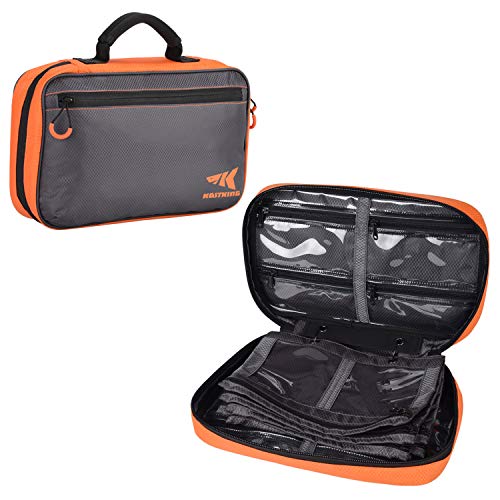I don't think I would worry about either of those dilemmas. The seal isn't your problem. Those are exhaust holes (on some motors, both for cooling water and exhaust - others just for exhaust - I'm not real familiar with eskas). Without looking at it closely, it could be one of two things. It could be merely mud from the cooling passages. If the motor was run in shallow water, and sucked up mud, it often dries during storage, and it took you running it to flush it out. Or, it could be unburned 2 stroke oil. Often times, carburated two strokes won't burn all the way at low RPM's, and will spit out what is left. Usually, it takes a little while for this to run all the way down, so it isn't noticeable until after the motor is shut off. Also, if your motor hasn't been used in a while, I imagine there is build up from old fuel residue, that could also exit at this point.VBTravisD said:Ahhhhhh! :shock: I wonder how hard that seal is going to be to replace... or purchase even!?!?!
Those little holes are in no way connected to the lower end lube. Think about it - those holes are underwater, so if they were connected to the gear lube, it would leak out, and replace with water. You have to have a heavily cracked gearcase housing to see gear lube out of those - I personally have never seen that, as they don't usually crack up there, but further down, instead.
One interesting tidbit about those motors is they are both air and water cooled. A "conventional" outboard circulates lake water through the entire powerhead for cooling. On your motor, the powerhead is air cooled, much like a lawnmower. The exhaust housing is water cooled. Your motor will have a very similar water pump as a conventional motor, but instead of circulating through the whole motor, it merely runs through the midsection, cooling the exhaust passage. You shouldn't run that (or any) outboard out of water. While it won't overheat the motor in the short time you run it, you very likely will melt the little rubber impeller. Mere seconds can toast one of those.





























































